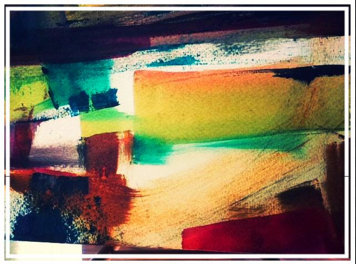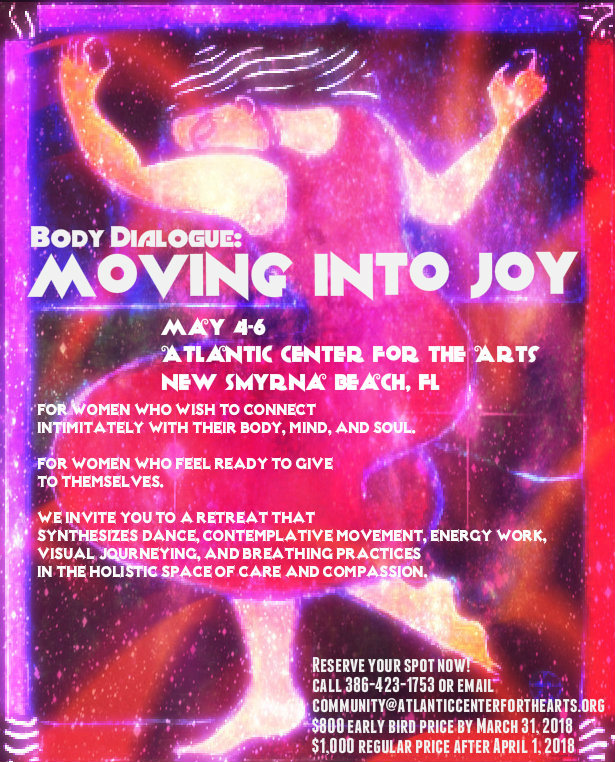 Recently, a friend of mine who is also a psychotherapist, was sharing a technique with me that helps to clear emotional blocks in the body. She commented that sometimes people are unable to do the technique because they are so blocked from getting into their physical selves. In response, I reflected that although there are so many reasons why someone may be blocked from being fully embodied, most often someone simply might not feel safe enough to drop into their physical self. What I aim to do in my private sessions and my classes is to create safety through my touch and my presence. In addition, the teachings of F.M. Alexander emphasize using the mind to direct the energy. By using these inner verbal cues, we are encouraging the flow of energy in a particular direction. My hands and my own body have years of experience, so I can detect the very subtle ways that people shut down their field and disconnect from their somatic cues. By using the breath, I persuade areas that are closed to open. For people who are too open in their energetic field, I help ground their energy in their muscles and their bones. The subtle awareness of this dialogue is not always understood cognitively by my students, but by the end of the session when they get off the table, their body feels different, and they know that something has shifted.
Recently, a friend of mine who is also a psychotherapist, was sharing a technique with me that helps to clear emotional blocks in the body. She commented that sometimes people are unable to do the technique because they are so blocked from getting into their physical selves. In response, I reflected that although there are so many reasons why someone may be blocked from being fully embodied, most often someone simply might not feel safe enough to drop into their physical self. What I aim to do in my private sessions and my classes is to create safety through my touch and my presence. In addition, the teachings of F.M. Alexander emphasize using the mind to direct the energy. By using these inner verbal cues, we are encouraging the flow of energy in a particular direction. My hands and my own body have years of experience, so I can detect the very subtle ways that people shut down their field and disconnect from their somatic cues. By using the breath, I persuade areas that are closed to open. For people who are too open in their energetic field, I help ground their energy in their muscles and their bones. The subtle awareness of this dialogue is not always understood cognitively by my students, but by the end of the session when they get off the table, their body feels different, and they know that something has shifted.
The reason people like massage and other hands-on modalities is because it gives them the permission to drop into the physical body with no expectation of performance. Perhaps in the work of Body Dialogue, we go one step further. We use the breath and the mind to converse with the energy that lives within our physical existence. We create a somatic-based conversation. We call this the subtle body. In order to make our bodies our friends, we need to engage all aspects of our energetic field, which includes our thoughts, our belief systems, and the stories we tell ourselves. Engaging in this way is a process and a practice. Deepening our relationship with our body takes time, care, and attention. Some people see color and some see images. Some use sound and some use kinesthetics. We are all different. Sometimes we need the help of a practitioner to facilitate or initiate this dialogue. Ultimately, you have the potential to understand yourself more than anyone else. I invite you to enter this conversation with your body.





